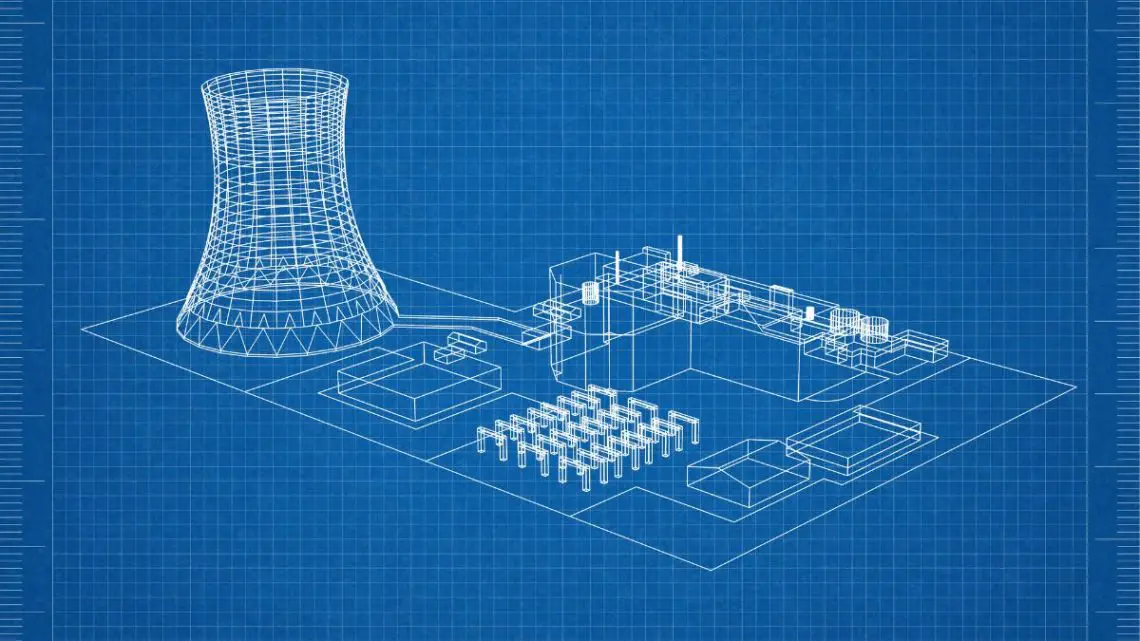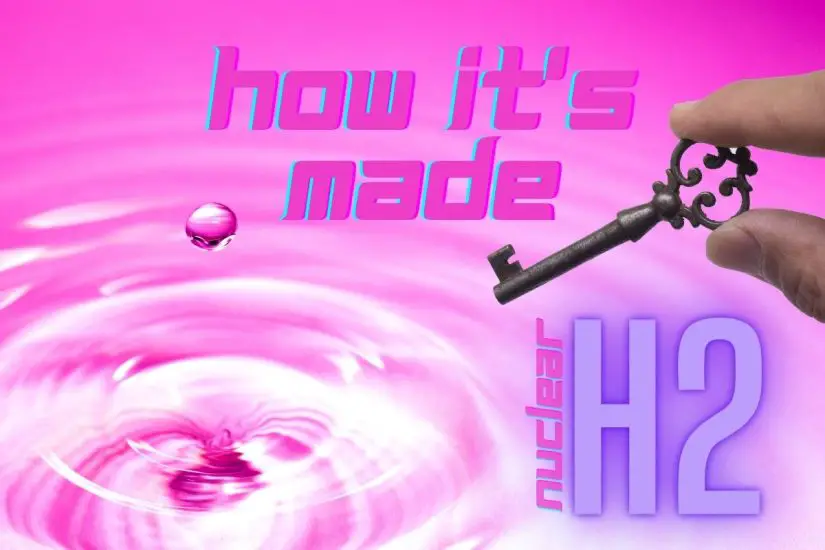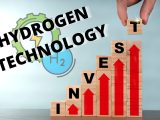
What are the different types of nuclear hydrogen fuel?
June 15, 2022There are several different ways that this type of power can be used to create H2.
Though nuclear hydrogen is frequently used as a general term, it actually comprises several different potential methods for producing H2, each of which is quite different from the others.
The term is used to encompass all forms of H2 that are made using this type of energy.
Just as green hydrogen is a general term whenever it is made using renewable energy – no matter whether it is solar, wind, tidal or another type of renewable energy – the same can be said about nuclear hydrogen. In fact, it comprises three major production methods which have been designated with the colors purple, pink and red.
The different colors are used to represent the specific production method used to make the H2, even if they’re all possible within the same plant. Each method comes with its own advantages and disadvantages, making them more or less feasible depending on the circumstance.

Purple, pink and red nuclear hydrogen are made in different ways.
The methods used for the production of this clean fuel are given H2 color designations to help differentiate among the different forms. Even if the H2 itself is essentially the same no matter how it’s produced, the production method will determine its cost, the greenhouse gas (including CO2) emissions made as a result of that production, and several other factors that can make it more or less appealing as a form of clean energy.
The following is how red, pink and purple nuclear hydrogen are made:
- Red hydrogen – This form is made by using the high-temperature thermal energy in a thermochemical reaction utilizing a catalyst.
- Pink hydrogen – This form is made through water electrolysis powered by the electricity a plant produces.
- Purple hydrogen – This form is produced using both electricity and heat from the plant to power a combination chemo-thermo water electrolysis.
Proponents of nuclear hydrogen broadly favor it because of its carbon emission-free production. Moreover, as plants are already broadly used and are connected to power grids, it means that employing them to produce H2 wouldn’t require as much of a transition as other forms such as wind and solar, which still require energy farms to be constructed. Additionally, unlike solar and wind, nuclear power is not subject to weather or daylight hours to produce reliable energy.



 With over 15 years of reporting hydrogen news, we are your premier source for the latest updates and insights in hydrogen and renewable energy.
With over 15 years of reporting hydrogen news, we are your premier source for the latest updates and insights in hydrogen and renewable energy.
Red hydrogen is produced using high temperature thermal energy in a thermochemical reaction utilizing a catalyst. There is no electricity or electrolysis involved.